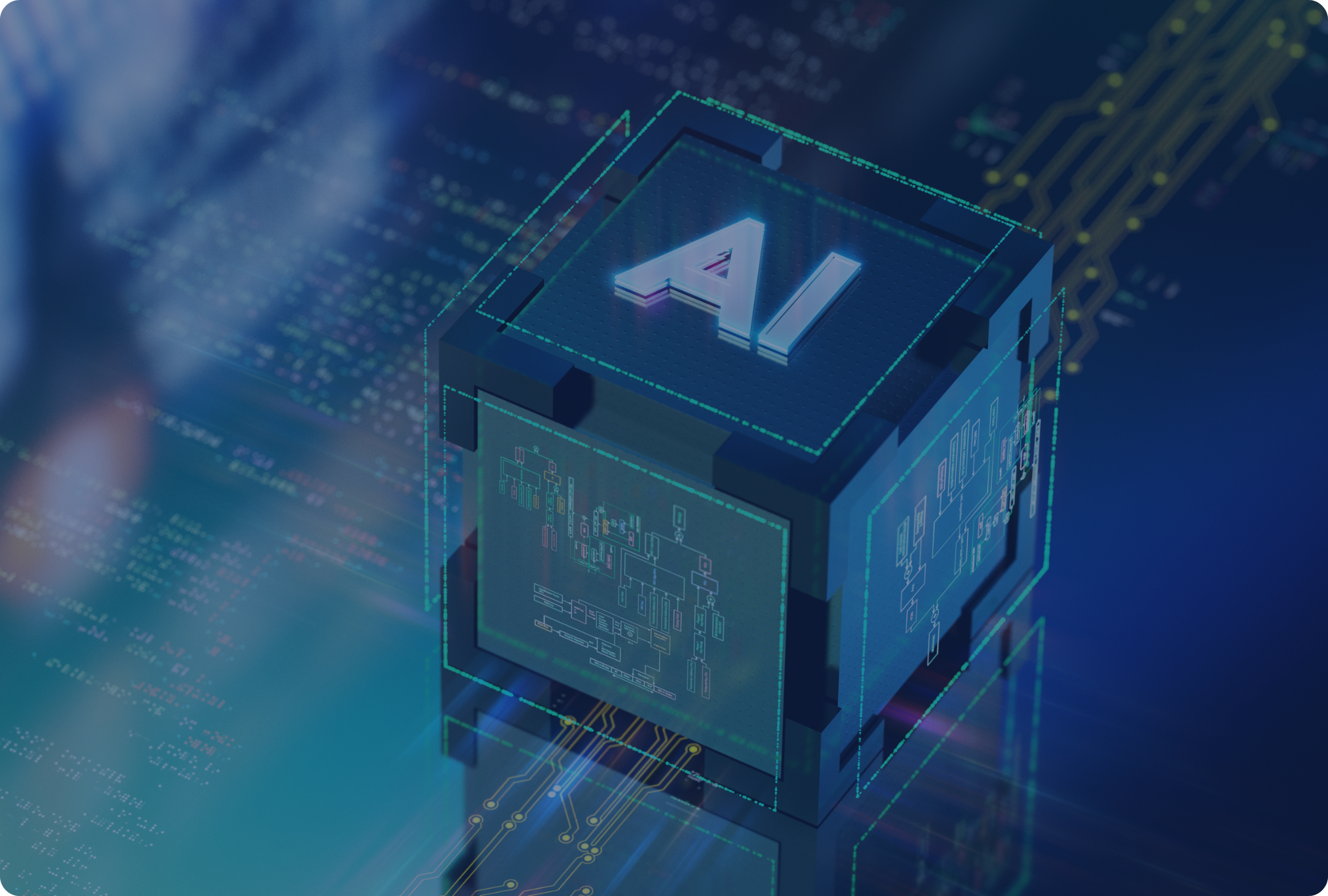The Rise of AI Agents
Future-proofing Technology for Investment Teams
.png?width=1100&height=120&name=Untitled%20(1137%20x%2090%20px).png)
As artificial intelligence (AI) advances, investment teams are rethinking their technology strategies to stay competitive and future-proof their processes. Traditional operating models are being replaced by new approaches that harness data, automation and AI. This shift requires a fundamental redesign of the investment target operating model, focusing on flexibility, scalability, and clearer process delineation.
Looking beyond the traditional approach to target operating model design
Traditional operating models often center on legacy processes and systems, such as PMS (Portfolio Management System), OMS (Order Management System), and IBOR (Investment Book of Record). While useful today, these platforms and ways of working are rigid. In fact, they are likely to limit a firm's ability to capitalize on emerging opportunities from AI.
Future operating models of investment technology should be less constrained and rely on three foundations: 1) data and knowledge resources, 2) clear task definition, and 3) leveraging automation through AI. We extend on each of these shortly.
Crucially, the investment philosophy of the team should guide system design. Whether that focuses on a total portfolio approach, objective-based investing, factor-driven strategies, active return-seeking, or ESG considerations, the technology framework must enable and promote the philosophy - not restrict it.
Foundation One
A comprehensive data strategy should also think of "knowledge" as data.
Most investment groups have made good progress on their data strategies. Data lakes and warehouses, security and product mastering, IBOR etc are all important initiatives that will bear fruit in the future.
Looking further ahead, teams must widen what they consider ‘data’ and place equal emphasis on ‘knowledge resources’. This is akin to information used to train new employees in an investment organisation. For example, process documents, technical descriptions of investment models and tools, research management content and product collateral.
In an AI-driven world, knowledge resources provide crucial context, training and ways of working for an investment team. They must be organised, categorised and managed with a greater level of authority, plus be stored in a way that is accessible for AI tools to tap into.
No different to traditional data sets such as IBOR, better management of this information should be prioritised in any investment manager. It is particularly important for managers that wish to differentiate on the basis of their investment process in a competitive landscape.
Foundation Two
Investment process tasks should be clearly defined, each triggerable via API.
Investment processes are likely to become more complex as new data, models and methods become available. This makes the challenge of bringing together a coherent process and workflow increasingly difficult.
To manage this complexity, investment teams of the future will have neatly-defined tasks and processes, each systematised and triggerable via APIs (or ‘Application Programming Interface’). For example, tasks to optimize a portfolio, check portfolio positions for compliance, generate a risk analytic, submit a trade or produce a client report or review.
Every investment team does this today. But very few have such processes tightly delineated - and even fewer have them triggerable via APIs.
An API allows software applications to interact with one another. In the context of investment systems, this stretches beyond the simple exchange of data. Instead, they enable a variety of tasks to be performed programmatically that are otherwise performed by a user in a system.
The reality is most legacy platforms have significant catch-up to do on their APIs - i.e. investment teams need a much richer variety of API ‘endpoints’ for all the various actions and processes systems do. For instance, analytic calculations, operations procedures or retrieval of narrow bits of data.
A risk for many investment teams is they have bet big on closed-architecture platforms with limited API capabilities. Think terminal-based software with limited openness and that commercially penalises the extraction of data and outputs. That becomes extremely limiting in a world of immense AI potential - and certainly not future-proof.
Foundation Three
Leverage AI agents to automate and chain processes together.
While much AI discussion in the industry centres on siloed use cases, a bigger opportunity comes from chaining various processes and tasks together. The ability to infer the next step in a workflow and provide the necessary connectivity is what ‘AI agents’ enable.
Once data foundations are in place and tasks are clearly defined, investment teams will leverage ‘AI agents’ to connect and automate multi-step workflows. For example, chaining together a portfolio update process involving manager selection reviews, portfolio risk and factor sensitivity analysis, tactical allocation changes, compliance and investment policy adherence, trading, through to generating a client report.
Different AI agents may be used for different workflows. For example, agents specialised in compliance, investment research, trading and execution, or client portfolio management. In that way, AI agents become an extension of people’s roles and specialities, or may be more generalist.
While AI agents work horizontally to chain a series of actions, they operate in parallel with AI models working vertically. Indeed, the industry already has many vertical use cases at differing stages of development. Automated reporting, investment research, trading support, and data extraction are just some examples.
Many investment firms are also experimenting with different AI models and working through the complex information security, data and licensing implications. But importantly, the future will allow investment groups to plug ‘n’ play different models for different purposes. Therefore, it’s important that emphasis is on the architecture to support multiple models, rather than betting big on a single approach.
To embrace this requires building agile teams looking into the future. That is, teams capable of managing AI-driven workflows while avoiding the pitfalls of shadow IT development. It also requires shining the spotlight on existing systems and any restrictions on ‘openness’. While many providers are investing in AI capabilities that exist natively within a product, that quickly becomes restrictive and erodes the control that an investment team has over their data and ability to unify a total process.
Focus on foundations that underpin AI to future-proof investment teams
To stay competitive, investment leaders should proactively prepare to integrate AI into their investment process. This requires equal focus on the foundations that underpin AI, rather than only the merits of different AI models and vertical use cases.
Leaders should be ruthless in the pursuit of organising data and widening that to include knowledge resources. This will provide crucial context and training for AI tools.
Operating designs should also favour open-architecture approaches, which should be considered as important as a system meeting its functional needs. After all, it takes only one task to be locked within a closed system to restrict AI agents from unifying a total process.
AI Insights

ON DEMAND WEBINAR | The rise of AI agents and future-proofing technology for investment teams
In this webinar, Jacobi co-founder and CEO Tony Mackenzie explores the opportunities for investment firms using AI agents - whether as part of initial portfolio construction, ongoing investment and operations processes or as part of client engagement.

Leveraging AI in Portfolio Construction: Practical applications and insights
Artificial Intelligence (AI) is set to reshape portfolio construction and asset management in the years to come. As investment firms look to adopt AI tools, a critical question emerges: How ready are we to integrate AI into our core processes, and what does this actually mean in practice?
